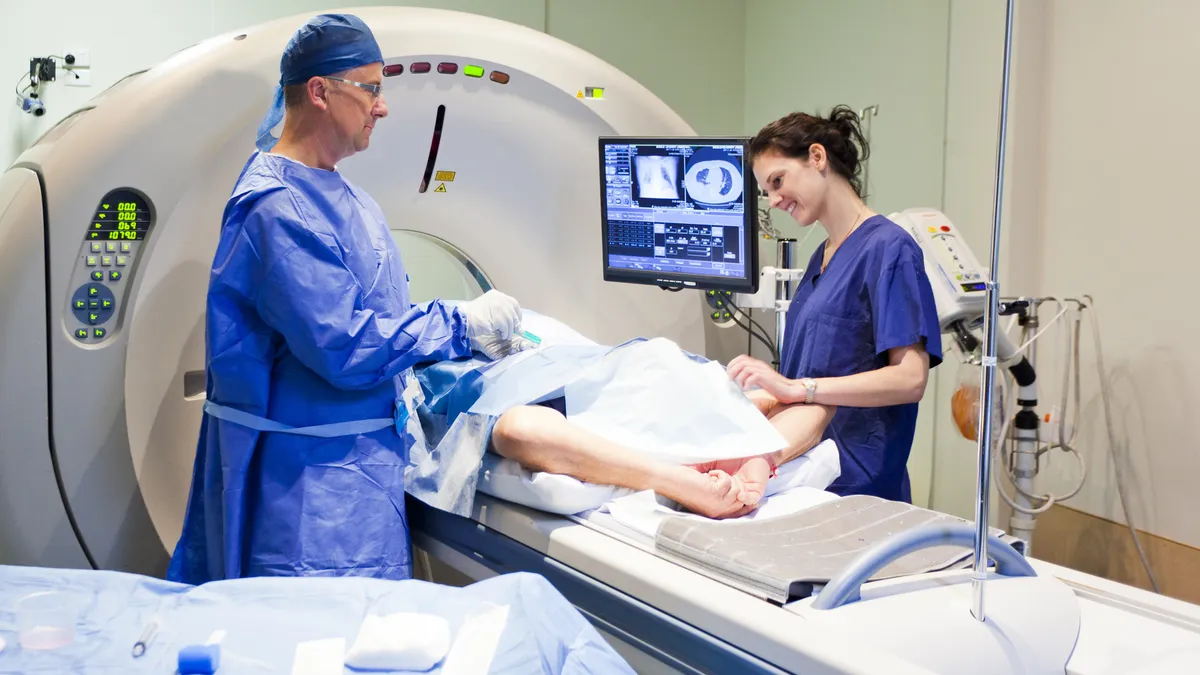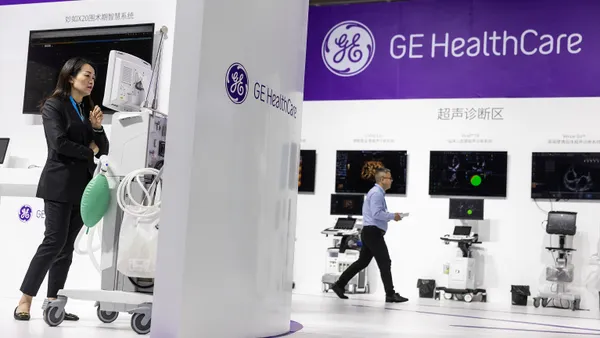Dive Brief:
- FDA on Friday issued a draft guidance document outlining the performance criteria that manufacturers of radio frequency coils for magnetic resonance imaging (MRI) can use to demonstrate substantial equivalence when submitting a 510(k) application using the Safety and Performance Based Pathway.
- The framework would offer an alternative option to comparing the performance of a device seeking 510(k) clearance against the safety and effectiveness of a predicate device already on the market.
- FDA said it may determine that additional data are needed for review on a case by case basis to assess whether a device is appropriate for the modified 510(k) pathway.
Dive Insight:
In September, FDA finalized guidance on the new Safety and Performance Based Pathway, permitting companies to sidestep a direct comparison to predicate devices for demonstrating substantial equivalence in pursuing 510(k) clearance for some new technologies.
The 510(k) pathway, used for clearance of low- to moderate-risk devices, is the most commonly used device premarket review program.
When it introduced the concept for the Safety and Performance Based Pathway in 2018, FDA said it hopes the path will allow manufacturers to compare their new technologies to preset criteria instead of a specific older predicate device.
In September, FDA issued draft guidance outlining preset data for four device types that may be eligible in the future for the new 510(k) approach: conventional Foley catheters, cutaneous electrodes for reporting purposes, orthopaedic non-spinal metallic bone screws and spinal plating systems. FDA defined the intended use and design characteristics of the device class and testing performance criteria in documents for each device category.
The new draft guidance expands the strategy to a new category of device. It covers only coils intended for hydrogen/proton imaging that are designed to be air-cooled and to receive rather than transmit the radio frequency signals. The magnetic resonance coils are intended to produce images of human anatomy for doctors to use in diagnosis.
In the document, FDA describes seven tests it recommends to serve as the performance criteria for the MR coils, as well as details for conducting a biocompatibility evaluation. The tests cover image signal to noise, image uniformity, surface heating, acquired image quality, decoupling circuit, immunity/electrostatic discharge and general electrical/mechanical safety. Test information such a results summary, test protocols or complete test reports should be submitted as part of the 510(k) submission, the agency said.
FDA is seeking comments on the draft guidance until Feb. 7, 2020.











